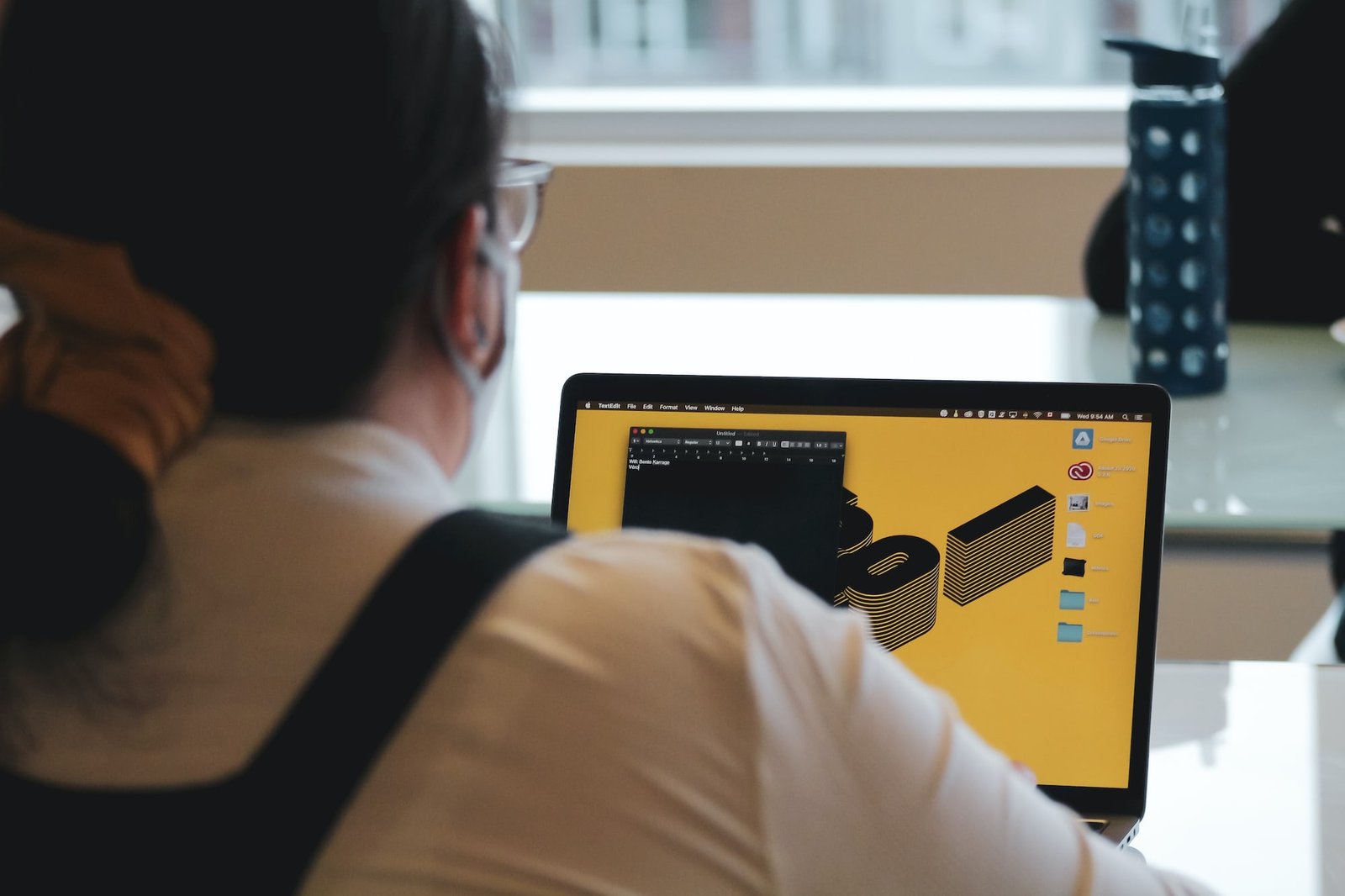Welcome to my blog, where I’ll be taking you on a journey through the exciting realm of freelance web design. As a professional website designer specializing in WordPress solutions for small businesses, I have had the privilege of working with clients from all walks of life, helping them unleash their creative potential online. In this blog post, we will explore the ins and outs of freelance web design, the tools and techniques that drive success, and the endless possibilities that exist in the online world. So, grab a cup of coffee and let’s dive in!
Table of Contents
-
Understanding the World of Freelance Web Design
- What is Freelance Web Design?
- Why Choose Freelance Web Design?
- Pros and Cons of Freelance Web Design
-
Building a Strong Foundation
- Developing a Skills Set
- Choosing the Right Tools
- Establishing a Portfolio
-
Navigating the Online Landscape
- Creating a Professional Online Presence
- Building a Brand Identity
- Leveraging Social Media
-
Mastering the Art of Client Communication
- Understanding Client Requirements
- Setting Clear Expectations
- Effective Project Management
-
Designing Stunning Websites
- User Experience (UX) Design
- Responsive Web Design
- Incorporating Visual Elements
-
Optimizing Websites for Search Engines
- The Importance of SEO
- On-Page Optimization Techniques
- Generating Quality Backlinks
-
Harnessing the Power of WordPress
- The Benefits of Using WordPress
- Essential WordPress Plugins
- Customizing WordPress Themes
-
Expanding Your Horizons
- Expanding Your Skill Set
- Collaborating with Other Professionals
- Scaling Your Freelance Business
Understanding the World of Freelance Web Design
What is Freelance Web Design?
Freelance web design refers to the practice of designing and developing websites on a project-by-project basis, without being tied to a specific employer or company. As a freelance web designer, you have the freedom to choose your clients, work on your own terms, and showcase your creativity through various projects. This dynamic field allows you to immerse yourself in different industries and work with clients from around the world.
Why Choose Freelance Web Design?
There are numerous reasons why freelance web design could be the perfect career choice for you. First and foremost, it offers unparalleled freedom and flexibility. As a freelancer, you have the flexibility to work from anywhere, set your own working hours, and choose projects that align with your interests and expertise. Additionally, freelance web design allows you to continuously learn and grow as you take on diverse projects, staying ahead of the ever-evolving web design industry.
Pros and Cons of Freelance Web Design
Like any career path, freelance web design comes with its own set of pros and cons. Let’s take a closer look:
Pros:
- Flexibility: Set your own schedule and work from anywhere.
- Creative Freedom: Bring your unique ideas to life without being restricted by corporate guidelines.
- Variety: Work on a wide range of projects for different clients and industries.
- Personal Growth: Constantly learn and improve your skills with each new project.
- Higher Earnings Potential: As a freelancer, you have the opportunity to set your own rates and potentially earn more than traditional employment.
Cons:
- Inconsistent Income: Freelance work can sometimes be unpredictable, with fluctuations in workload and income.
- Business Management: As a freelancer, you are responsible for managing your own business, including finances, marketing, and client acquisition.
- Loneliness: Working alone can sometimes be isolating, so it’s important to actively seek out networking opportunities and community engagement.
Building a Strong Foundation
Developing a Skills Set
To succeed in freelance web design, it’s crucial to develop a strong skill set that sets you apart from the competition. Here are some key skills to focus on:
- HTML/CSS: Having a solid understanding of HTML and CSS is essential for building well-structured and visually appealing websites.
- JavaScript: Familiarity with JavaScript allows you to enhance user experience through interactive elements and dynamic functionality.
- Responsive Design: With the increasing use of mobile devices, being able to create responsive websites that adapt to different screen sizes is a must.
- Graphic Design: A basic knowledge of graphic design principles and tools can help you create visually stunning websites.
- UI/UX Design: Understanding user interface (UI) and user experience (UX) design principles enables you to create websites that are intuitive and easy to navigate.
Choosing the Right Tools
As a freelance web designer, having the right tools at your disposal can significantly impact your productivity and the quality of your work. Here are some essential tools to consider:
| Category | Recommended Tools |
|---|---|
| Design Tools | Adobe Photoshop, Sketch, Figma |
| Development Tools | Visual Studio Code, Sublime Text, GitHub |
| Project Management | Trello, Asana, Basecamp |
| Communication | Slack, Zoom, Google Hangouts |
| Hosting Platforms | WordPress, Wix, Squarespace, Shopify |
Establishing a Portfolio
Building an impressive portfolio is crucial for attracting clients and showcasing your skills and expertise. Here are some tips to create an outstanding portfolio:
- Curate Your Best Work: Select a few projects that highlight your strengths and display a range of design styles.
- Showcase Versatility: Include projects from different industries to demonstrate your ability to adapt to various client needs.
- Provide Case Studies: Explain the challenges you faced during each project and how you overcame them, showcasing your problem-solving skills.
- Keep it Updated: Regularly update your portfolio with your latest work to reflect your evolving skills and style.
By investing time and effort into developing your skill set, choosing the right tools, and curating a stellar portfolio, you are laying a strong foundation for a successful freelance web design career.
Stay tuned for the next part of this blog post series, where we will delve into the online landscape and discuss how to create a professional online presence and build a brand identity.
